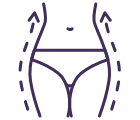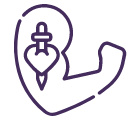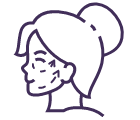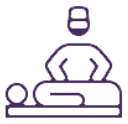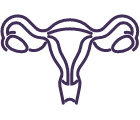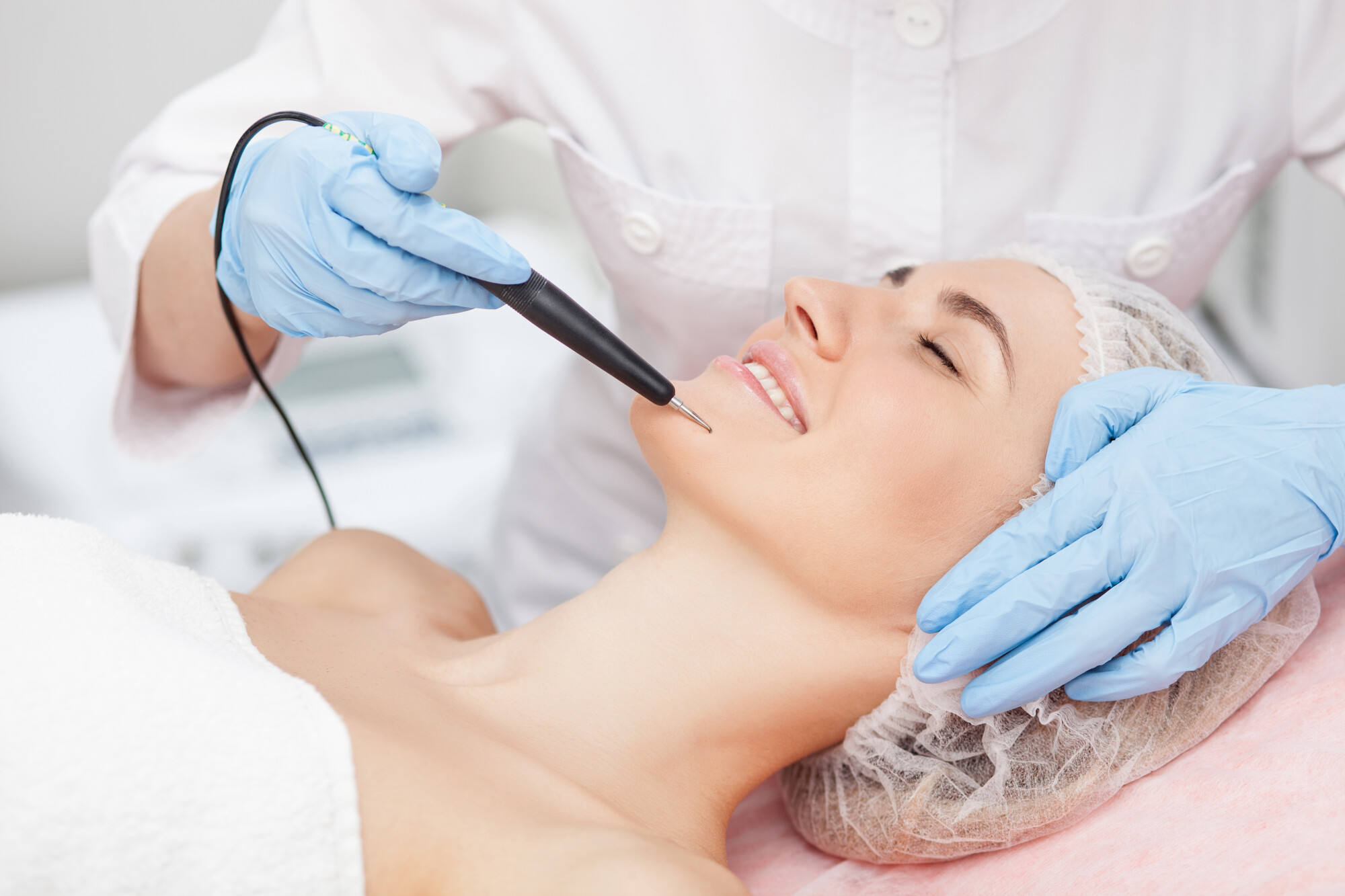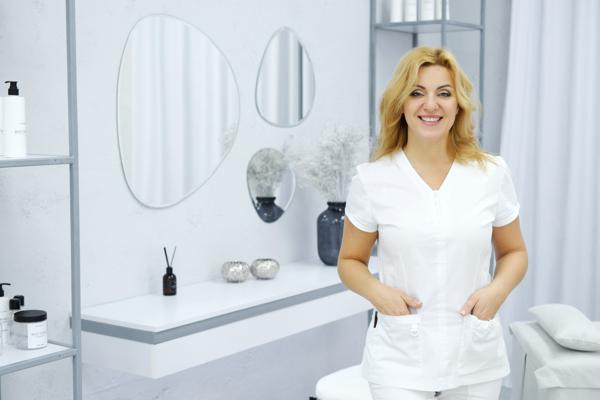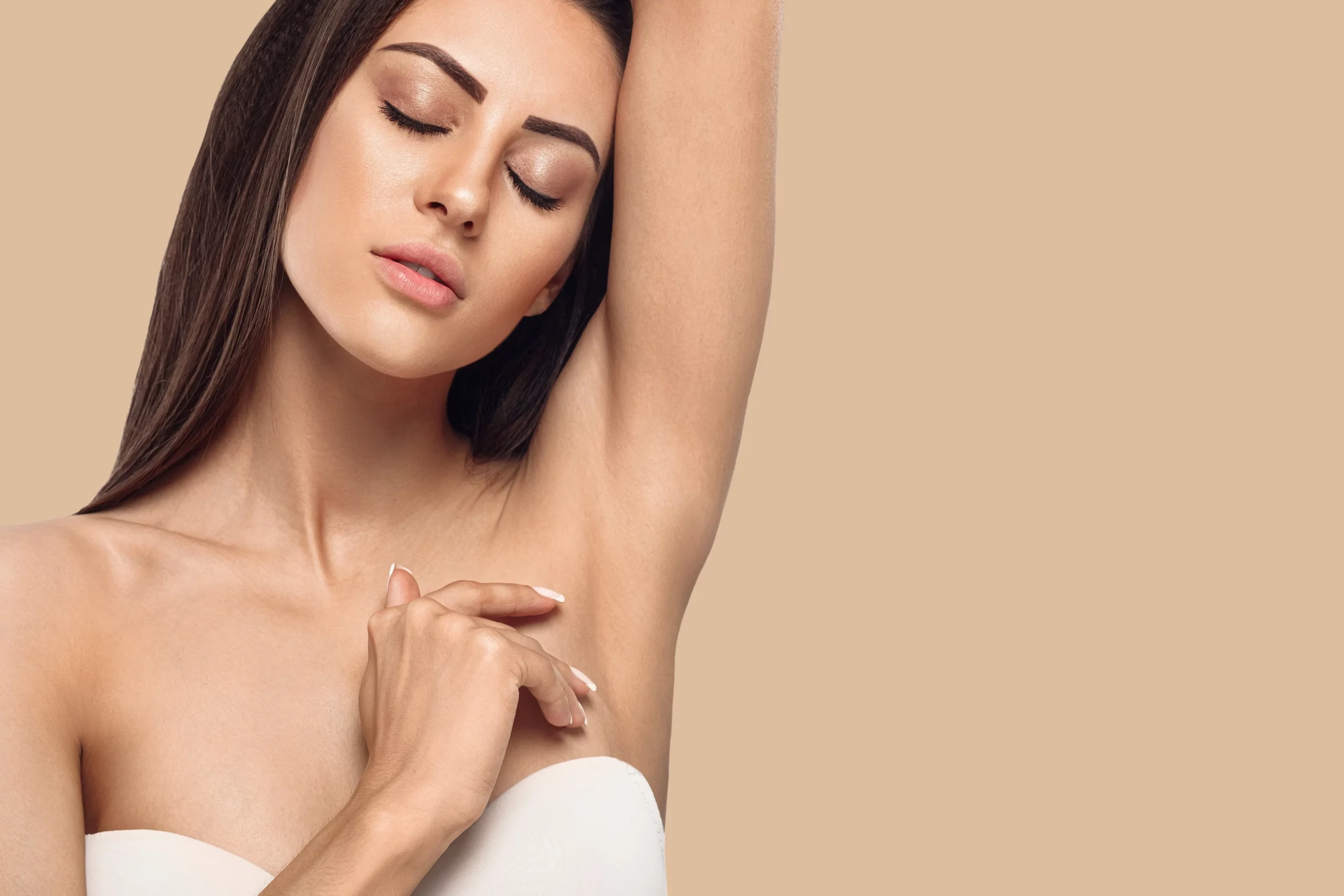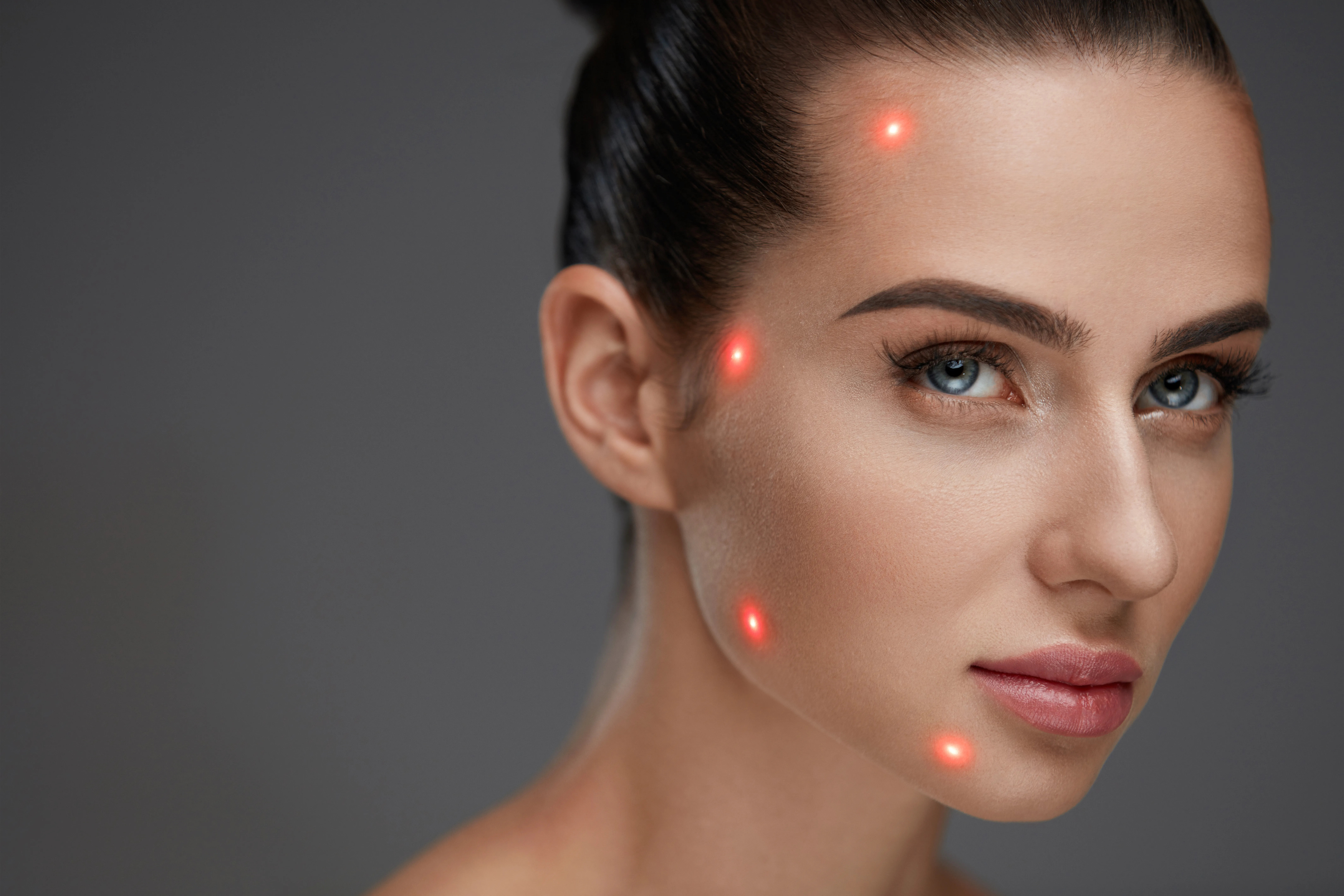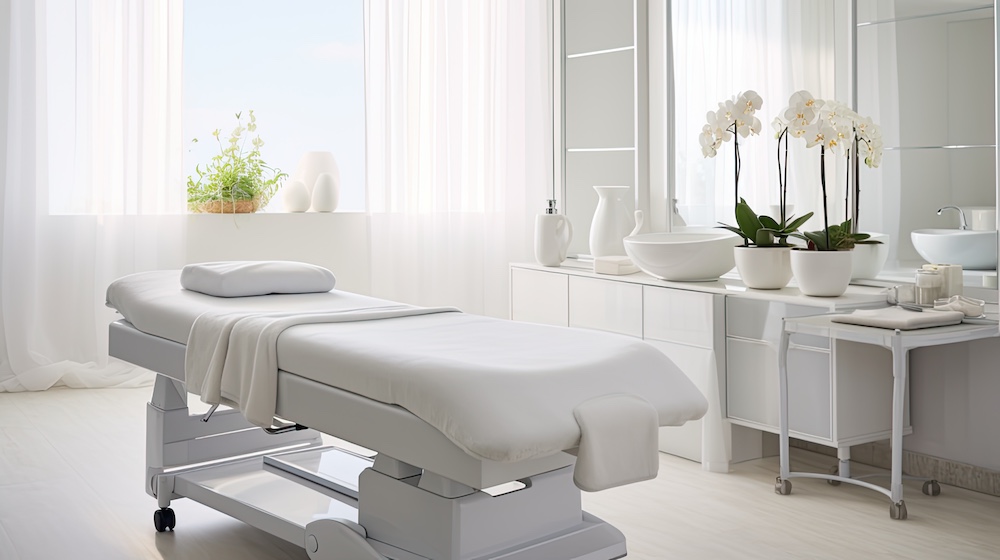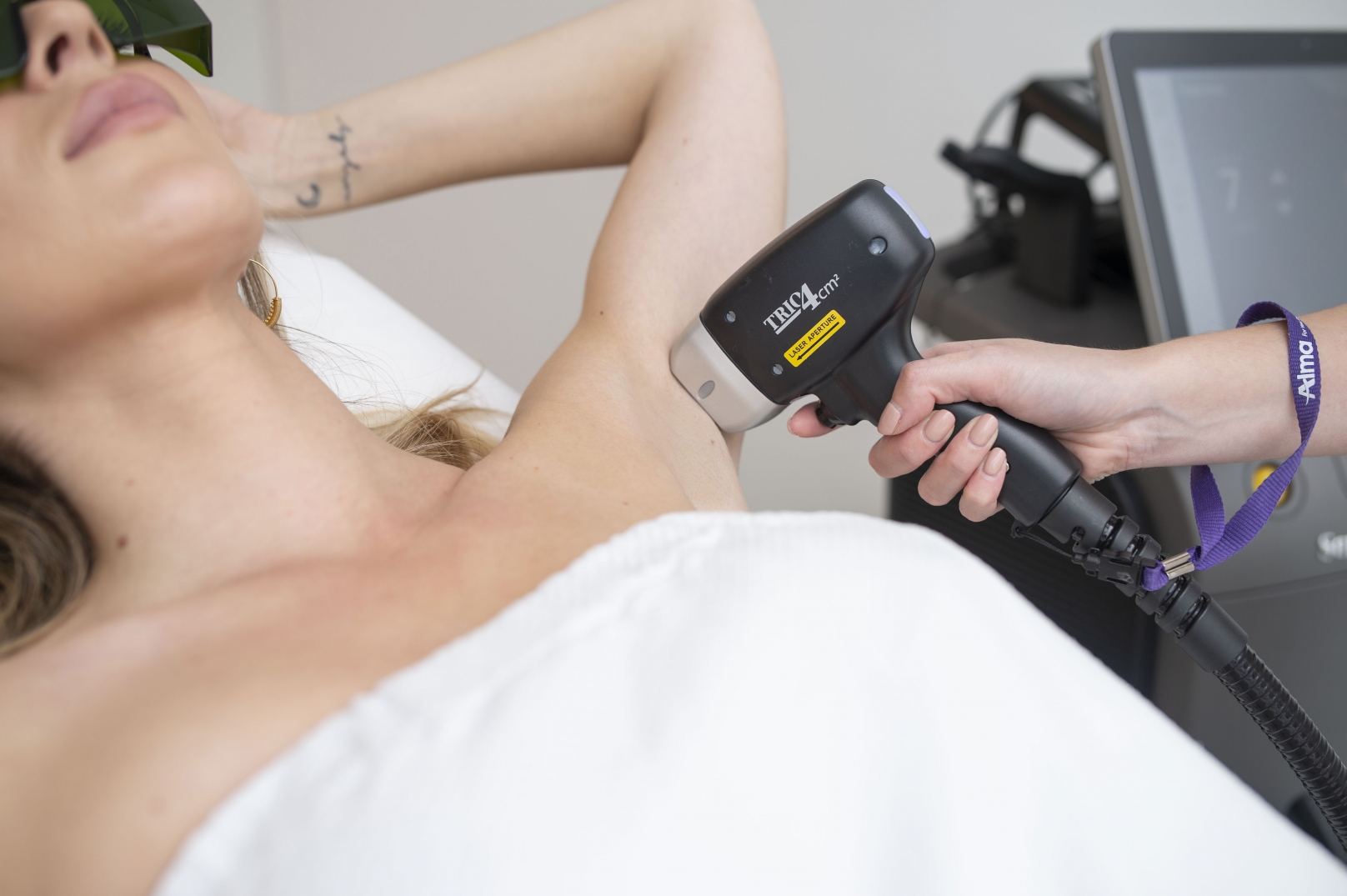You’re in your 20s, and that means new relationships, new job opportunities—and wrinkles. Experts say that the left side of your face will show signs of aging first. You’ll see wrinkles there at about age 25, but your doctor can offer some help. There’s nothing like a fresh start, especially with your skin. But to get the boost you’re looking for, you have to start with a clean slate. And that’s exactly what a skin resurfacing treatment can do for you.
It removes the top layer of your skin and leaves it smooth, fresh, and renewed. Skin resurfacing treatments can help remove signs of aging, improve the appearance of scarring, and help you love your skin again. Here’s what you can expect from your first appointment.
What Is Skin Resurfacing?
Skin resurfacing is a procedure that removes the outer layers of skin, sometimes referred to as the epidermis. New skin will form in the days and weeks following the procedure. These layers of skin are often flawlessly smooth.
The procedure can treat acne scars, wrinkles, and other signs of aging.
Skin Resurfacing Options
You can have your skin resurfacing done in a doctor’s office or a clinic. Medical professionals who are not doctors (such as nurse practitioners) may also perform it. The most common techniques used for skin resurfacing include the following:
Fractional Laser Skin Treatments
Fractional lasers remove small amounts of skin at a time. The beam damages the outer layers of skin, causing them to shed away. Fractional lasers can treat scars, age spots, and wrinkles.
Opus Plasma, a laser machines manufacturer, has revived fractional skin treatments by using plasma energy for more precise cuts. This model may pop up in your doctor’s office soon.
CO2 Laser Resurfacing
Fractionated CO2 laser resurfacing is a newer form of the procedure that uses ultra pulses. These are a combination of brief and continuous light beams that remove thin layers of skin without significant tissue damage.
Erbium Laser Resurfacing
Erbium laser resurfacing is used to treat moderate wrinkles on the face, hands, neck, or chest. This type of laser usually uses a beam of infrared light with a wavelength of 4 microns. However, there are machines that can go beyond 120 microns.
Laser resurfacing with an erbium tool leads to fewer side effects than CO2 laser treatments do, so you should be able to recover more quickly.
What Happens During Your Skin Resurfacing Treatment?
The doctor will ask you to remove all of your makeup and jewelry before the procedure begins. Be prepared to spend anywhere from 30 minutes to 3 hours in the treatment room, depending on which type of laser you are using. This is how the procedure will typically go:
Anesthesia
A doctor will administer anesthesia during your laser resurfacing treatment. This will prevent any pain and discomfort while the laser is working on your skin. Three kinds of anesthesia are commonly used:
Topical Anesthesia
Topical anesthetics have proven effective in making skin operations painless. Lidocaine is a common choice. It has a similar result as injections when dealing with certain types of skin.
Injections
Injected forms of anesthesia include infiltrative local anesthesia and tumescent stimulation. One disadvantage of this method is that it requires needles. Some patients are apprehensive about such injections because they fear pain or the sight of blood.
Supervised Anesthesia
For patients who are uncomfortable with the previous methods, supervised anesthesia is an option. Your doctor will sedate you and monitor you during the procedure. This method is often used for minor procedures, such as mole removal, wart removal, or skin tag removal.
Mild Discomfort
The laser treatment will begin once your numbness has set in. Mild discomfort is to be expected, but most patients tolerate resurfacing treatments well.
You may feel a slight burning sensation or tingling during the procedure. There may also be some mild bleeding, which is normal.
How Long Is a Skin Resurfacing Treatment?
Laser resurfacing takes up to two hours. The length of treatment varies based on the area being treated, how many passes are required, and whether you have had a previous procedure. Your doctor will determine the best course of action for your individual case.
How Many Sessions Do You Need?
Nearly every resurfacing treatment requires at least two sessions to complete.
The number of treatments you’ll need depends on your skin condition and the treatment method used. You may require one or two treatments for minor conditions, such as acne scars, sun damage, and small wrinkles. For more severe conditions, such as deep wrinkles or sizeable areas of scarring, you may need four to six treatments.
Your treatments will have at least a month in between them, so your skin has time to heal and regenerate before the next session. It also means that you can schedule your appointments around your other commitments.
What Happens After a Skin Resurfacing Treatment?
Before you can get the fresh look you want, your doctor will give you some skin care instructions for the days after the procedure. If you don’t adhere to their tips, you may end up with scars or unevenness.
Here are some things to expect after your procedure, and how you can take care of yourself so that recovery goes smoothly.
Sensitivity
The skin will be sensitive for a few days after the treatment. Avoid hot baths, saunas, and steam rooms. Don’t use alcohol or astringents on your skin during this time, as they could irritate it further.
It is important not to wear heavy makeup on the treated areas until they heal, which should take about 2 weeks.
Your skin will need sunscreen every day, even if you’re only going to be outside for a few minutes. UV rays and sensitive skin are a painful combination.
Slight Swelling
Swelling is a common side effect of resurfacing, as the skin naturally builds back to its normal state. It’s usually mild and temporary, but if you’re concerned about the puffiness, use ice packs.
Dryness
A few days after surgery, you may experience some dryness. To prevent or minimize this, apply a gentle hydrating serum like Cetaphil.
Smoother and Clearer Skin
After the treatment, you’ll see an immediate improvement in the texture of your skin. You might notice that your skin looks and feels smoother. It may also be more even and radiant.
Since it’s less damaged, it’s less likely to show signs of aging like wrinkles and fine lines. Your skin will also be more resistant to damage in the future because the resurfacing procedure has repaired and restored it!
Who Is a Good Candidate for Skin Resurfacing?
You may want to visit the doctor immediately, but don’t decide on your treatment until you’ve gathered all the facts. Skin resurfacing isn’t suitable for everybody.
The first thing you need to check is your overall health. You shouldn’t be undergoing treatment if you have an existing condition that might interfere with the healing process. There’s no telling what complications might occur.
It’s important to discuss your medical history with your doctor. They are your best source of advice.
Here are some circumstances where laser resurfacing usually works well:
Shallow Scars and Wrinkles
Laser resurfacing is suitable only for cosmetic issues that are near the surface of the skin—such as acne scarring or warts. Other blemishes can be a lot deeper than you think. If you have deep scarring or wrinkles, it’s best to consult with your doctor about other options such as dermabrasion.
Minimal Acne
While laser resurfacing can remove acne scars, it doesn’t address the underlying cause of acne. If you’re dealing with frequent breakouts, laser resurfacing isn’t an appropriate treatment. It’s best to discuss your options with your doctor.
Light to Medium Skin Tones
Laser resurfacing isn’t recommended for people with very dark skin tones because it can heat the melanin, leading to hyperpigmentation. If you have ebony skin, discuss other options such as chemical peels with your doctor.
Free of Cold Sores
If you’re prone to cold sores, choose another treatment option. Laser resurfacing can trigger an outbreak. Treat any current cold sores before undergoing the procedure.
Find a Professional to Clear Your Blemishes
If you’re looking to improve your skin, a skin resurfacing treatment is a great way to accomplish that. This is true most of the time, as long as you’re getting the treatment from a qualified professional.
Alma Lasers can help you find a professional near you that can give you the glass skin you’re looking for. Use our locator to explore your skin resurfacing options! From redness reduction to acne scar treatment, we have the expertise to help restore your confidence.

